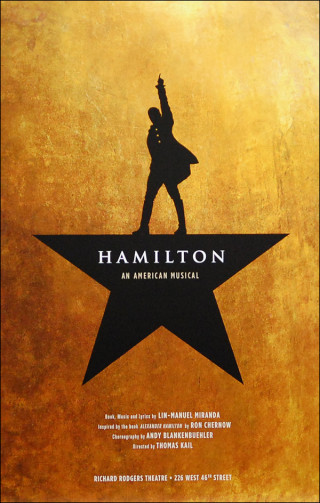If Hamilton appeared unsafe to Trump and associates, for some theatre scholars the Broadway blockbuster is “too safe.” For Donatella Galella the musical stages a mythical, “multiracial utopia.” Mobilizing “performances of color,” it suggests all Americans have “a fair chance to compete for access to “The Room Where it Happens.” It has become, she argues, a “commodity of resistance,” one that reminds us that “patriotic pluralism continues to sell.” [i] The attendance of Mike Pence, and of both the Obamas and Dick Cheney before that, attests to the idea that Hamilton’s success relies on it offering a safe space for political theatre. In this context then, Trump’s exhortation that theatre must be made safe—just as America should be made great again—hints at a different theatrical past.
The anxiety that theatre be made “safe” has a history as old as the Republic itself. It was a particular concern in the 1930s, a decade with parallels to the 2010s, when global white supremacy and extrajudicial killings of minorities propelled strong men to power around the world and governments on both the left and the right looked to control cultural production. In the United States, unemployed theatre professionals were paid by the federal government to write, act and produce theatre for four years between 1935 and 1939 under a national programme called the Federal Theatre Project. It included seventeen, separate Negro Units where African American dramatists, actors and directors took on roles usually reserved for whites, staged black versions of ‘white’ classics, and produced radical dramas of their own. Plays by Theodore Ward, Abram Hill, Theodore Browne, Joe Staton and others centered black experiences and directly confronted white audiences.
The Federal Theatre Project reached an estimated twenty five million Americans, many of whom had never before seen a live theatre show. Its popular appeal, provocative new dramas and insistence on integrated audiences, at a time when segregated seating was commonplace in both Northern and Southern theatres, infuriated white politicians across the political spectrum. Critics feared that state-sponsored theatre fostered not only radical black dramas but real life interracial mixing: theatre was becoming unsafe. In Congress, Southern Democrats and Republicans lined up to denounce the Federal Theatre as “un-American” and “pro-Communist,” and in 1938 they set up a congressional committee to hold hearings on suspected un-American activity in government agencies.
